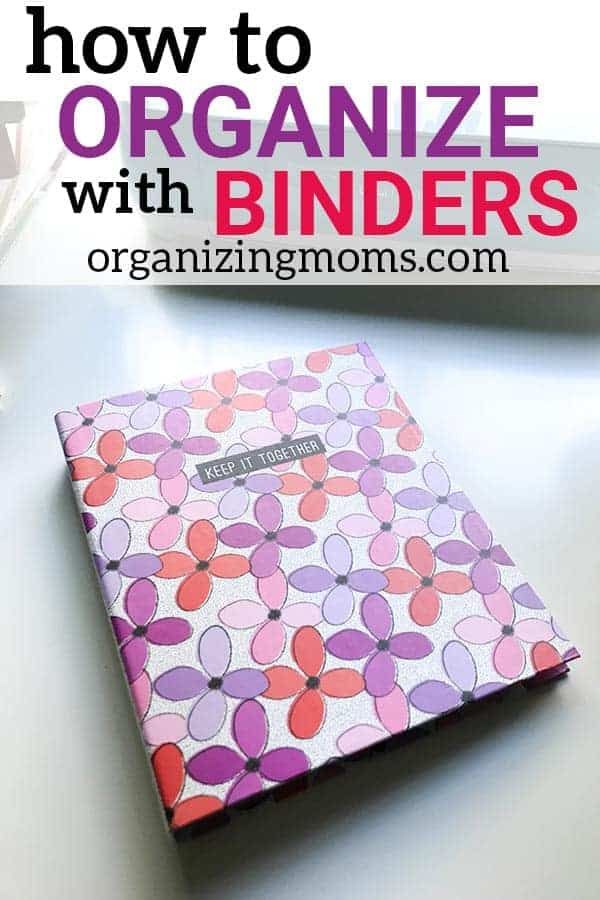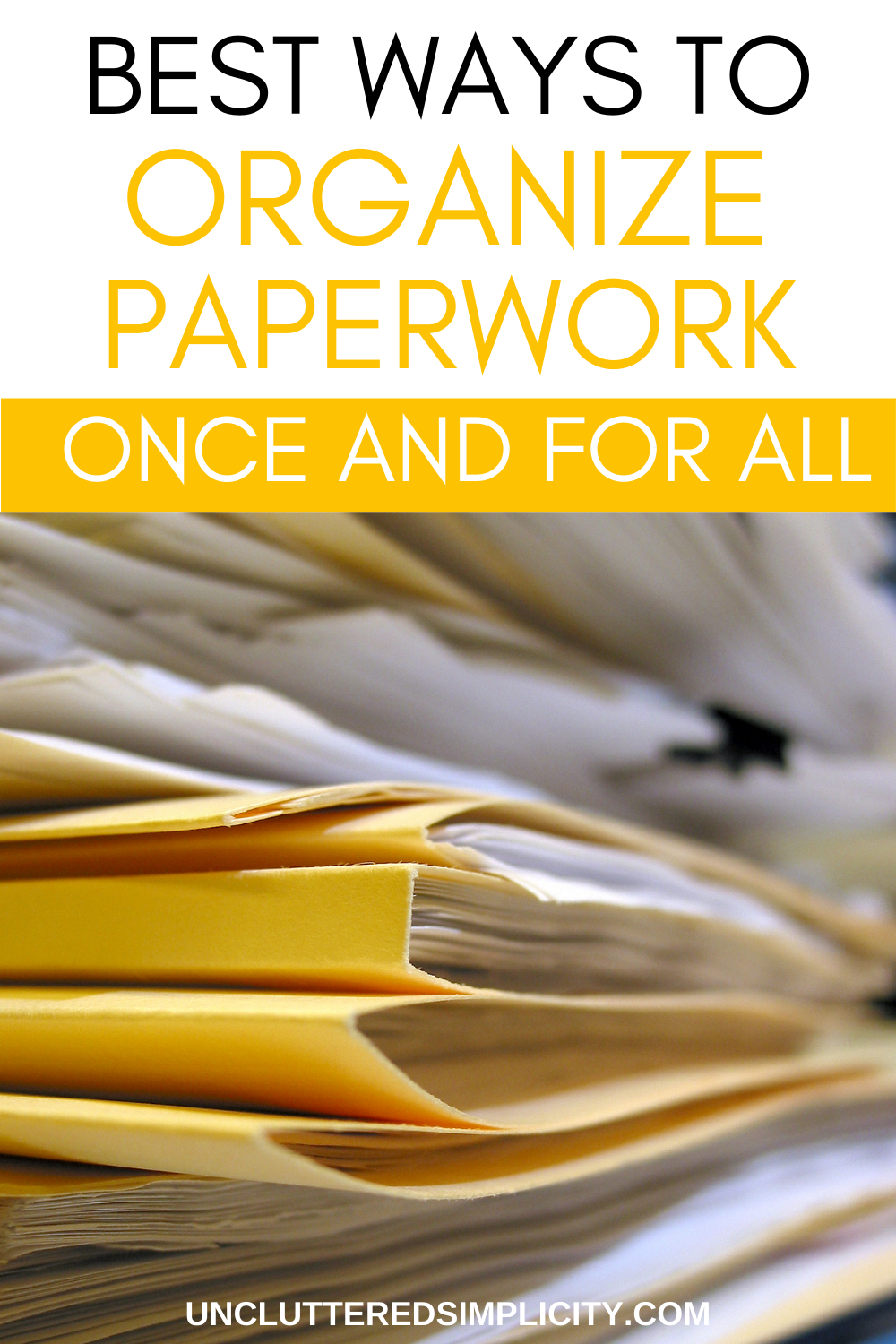5 Smart Ways to Organize Paperwork: Binders or Cabinets?

Organizing paperwork efficiently can seem like a daunting task. With numerous documents, bills, contracts, and miscellaneous papers flooding our lives, finding an effective system to manage all this information is crucial. Binders or filing cabinets are two popular solutions for organizing paperwork, each with its unique advantages. In this detailed blog post, we'll explore how you can optimize your document management using either binders or cabinets, offering tips and insights to help you decide which approach might suit your needs better.
Understanding Your Needs

Before diving into the solutions, it’s essential to assess what you require from your organization system:
- Volume of Paperwork: How much paper do you handle on a monthly or yearly basis?
- Accessibility: Do you need quick access to your documents?
- Space: How much room do you have for storage?
- Portability: Do you need to carry your documents with you?
🔍 Note: Consider scanning some documents for digital backup to reduce physical storage needs.
Binders

Binders are one of the most flexible and portable solutions for organizing paperwork. Here’s how you can use them effectively:
Setting Up a Binder System

- Categorize: Sort your papers into logical categories like finance, legal, health, or education.
- Choose Binders: Opt for durable, three-ring binders with customizable spine labels for easy identification.
- Organize Internally: Use dividers to section off different topics within each binder. Plastic sleeves or sheet protectors can be used to store odd-sized documents.
- Label: Clearly label each binder and section for quick reference. Consider color-coding for additional organization.
- Maintain: Regularly update and purge outdated documents to keep your system efficient.
📂 Note: For larger documents or magazines, consider using zippered binders that can accommodate oversize items.
Filing Cabinets

For those with a larger volume of documents or in an office environment, filing cabinets might be the way to go:
Setting Up a Filing Cabinet System

- Choose the Right Cabinet: Depending on space and need, cabinets come in vertical, lateral, or mobile options.
- Labeling and Color-Coding: Use labels on both the cabinet and individual files. Color-coded labels can help in locating documents faster.
- Hanging Files: Use hanging file folders for easy sorting and retrieval. Ensure that file labels face outwards for visibility.
- Maintain: Like binders, keep your filing system current by removing or archiving old documents.
🔧 Note: Periodically check and clean the cabinet tracks and moving parts to ensure smooth functionality.
Which System Suits Your Needs?

Here’s a comparison table to help decide:
| Aspect | Binders | Filing Cabinets |
|---|---|---|
| Portability | Highly portable | Not portable |
| Capacity | Limited, but expandable | High capacity |
| Accessibility | Quick for small to medium volumes | Very efficient for large volumes |
| Customization | Highly customizable | Moderate customization |
| Visual Appeal | Can be neat and tidy | Industrial but organized |

💡 Note: Consider hybrid systems; binders for frequently accessed documents and cabinets for archive material.
Additional Tips for Better Organization

- Digital Solutions: Complement physical organization with digital scanning and cloud storage solutions for backups.
- Regular Audits: Conduct quarterly or annual reviews of your filing systems to remove clutter.
- Accessibility Features: Add fireproof safes or lockable drawers for sensitive documents.
- Document Retention Policy: Know how long you need to keep certain documents according to legal requirements.
🔥 Note: Keep critical documents like wills, passports, or insurance policies in a fireproof safe.
Summing Up the Organization Techniques

Organizing paperwork effectively requires choosing a system that aligns with your volume, accessibility needs, and available space. Binders offer flexibility and portability, making them suitable for personal use or small offices, while filing cabinets provide a robust solution for larger volumes of documents in a professional setting. Remember, the goal is not just to organize but also to ensure that documents are retrievable when needed. By implementing these strategies, your paperwork will be under control, reducing clutter and enhancing productivity.
Which is better for home use, binders or filing cabinets?

+
For home use, binders are typically more practical due to their portability and ease of setup. They take up less space and can be stored on shelves or in cabinets, offering flexibility and accessibility for smaller volumes of paperwork.
Can I combine binders and filing cabinets?

+
Absolutely. You can use binders for frequently accessed or portable documents and filing cabinets for less frequently needed or archived documents. This hybrid approach can maximize the strengths of both systems.
How often should I organize my documents?

+
It’s recommended to review and organize documents at least quarterly or after significant life changes like tax season, moving, or major purchases. Regularly decluttering helps maintain an efficient system.



